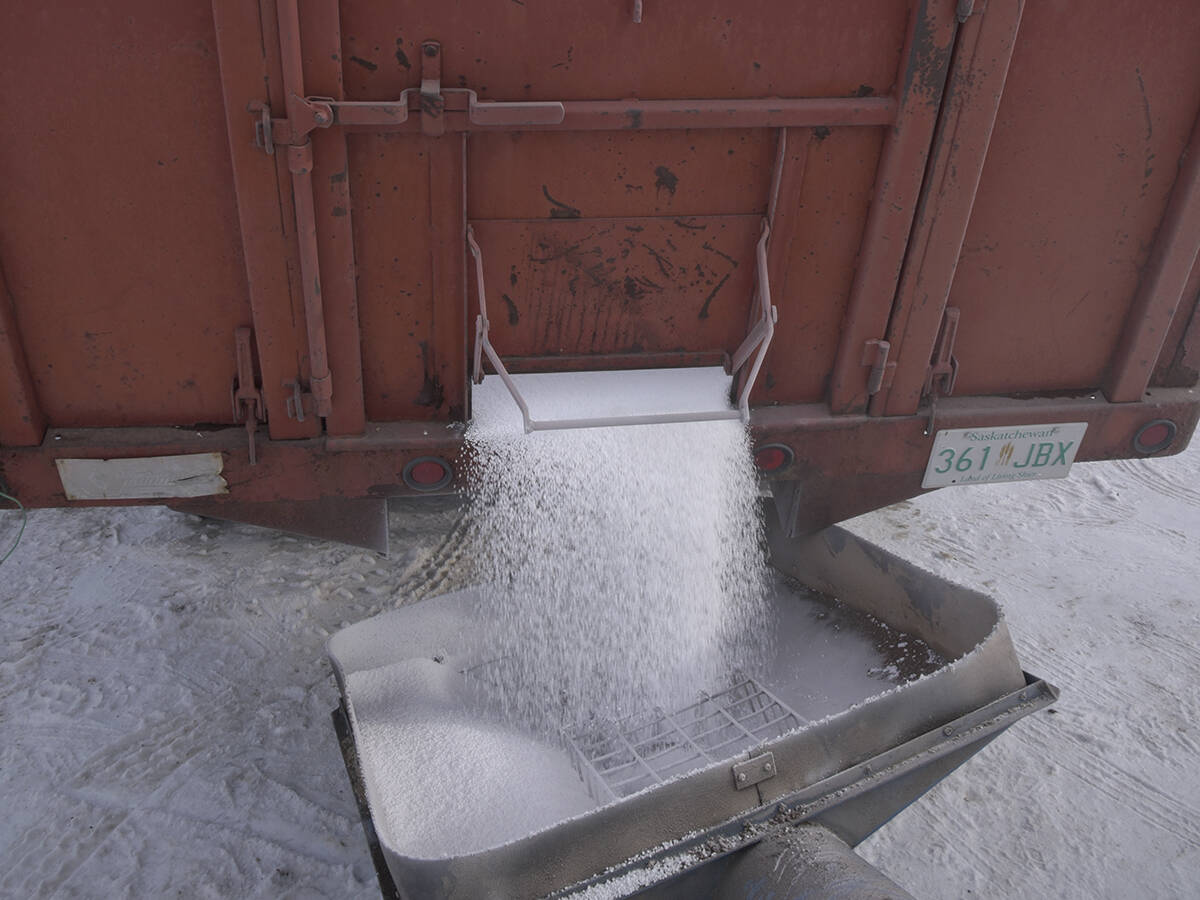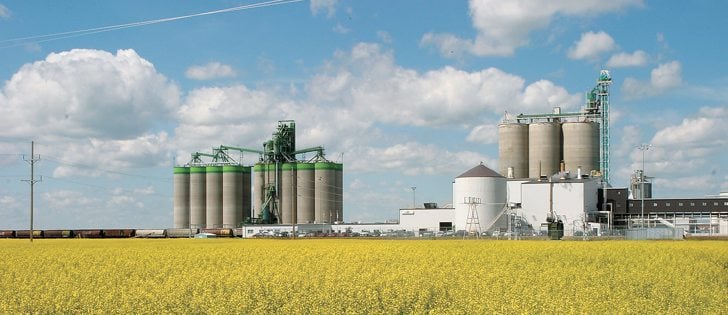Could a melt down in oil prices drag down crop values?
It is worth pulling our heads out of weather forecasts and supply and demand reports to consider whether outside forces could deliver a blow against agricultural commodities.
I was shocked into this after listening to an interview with Jeff Kennedy, chief commodity analyst at Elliott Wave International.
Elliot Wave analysis is a strictly technical way of looking at the market. It identifies patterns that are linked to human psychology and the way people react to market events.
Read Also

Urea prices heading higher: analyst
A fertilizer market analyst thinks urea prices have bottomed out and are heading higher through the first quarter of 2026.
Kennedy said last week that West Texas Intermediate crude oil will test the $38 per barrel low set in late 2008 and then pause before falling another 50 percent to the low last seen in 2001.
He also believes the U.S. dollar will continue to rise.
Kennedy’s analysis is on the extreme end of market opinion, but he is not alone.
If this plays out, it would be hard for grain prices to remain where they are because of the connection between oil and corn and soybeans due to ethanol and biodiesel. Also, such a downdraft in crude would indicate a major retreat from all risk assets, such as commodities.
Elliot Wave considers neither supply and demand fundamentals nor economic forces in its analysis, but the likely spark that would drive oil down to such low levels would be Europe’s failure to find a solution to its debt and slow growth problems, leading to a collapse into recession.
However, there are also supply and demand reasons for the recent weakness in oil prices. The weak international economy is slowing demand and supplies are up.
Already, oil is down more than 25 percent from its recent peak set in late February.
In the United States, the world’s largest oil consumer, crude oil inventories as of June 15 increased to the highest level since 1990.
Horizontal drilling and fracking has caused U.S. domestic oil production to jump 25 percent since 2008 and now stands at 6.35 million barrels a day, the most since February 1999.
Supply from the Organization of Petroleum Producing Countries is running nearly two million barrels per day above its own production ceiling target of 30 million barrels per day.
Canada’s production is expected to climb from three million barrels per day in 2011 to 3.8 million by 2015, 4.7 million by 2020 and 6.2 million by 2030, according to the Canadian Association of Petroleum Producers.
Philip Verleger, economist and founder of PK Verleger LLC, who has a long and distinguished career in government and academia, including a stint as David E. Mitchell/EnCana professor of management at the University of Calgary’s Haskayne School of Business, is another analyst who believes oil prices are about to tumble to $40 per barrel.
In an interview last week on Bloomberg Television, he said the Saudis will keep pumping at the highest rate in decades rather than reduce production because they want oil prices to fall to aid the world economy and to put economic and political pressure on fellow oil exporters Iran (over its nuclear program) and Russia (over its support for Syria).
Verleger also thinks that a fairly rapid move to fuel efficient cars in the U.S., the U.S. ethanol mandate, soaring North American natural gas and oil production and greater use of cheap natural gas as a vehicle fuel will make the U.S. a net exporter of energy in 10 years and usher in a long period of low cost energy for the U.S.
Oil and grain prices do not move in lockstep, but they have closely followed the same trend since about 2005.
We can’t ignore the following:
- global oilseed stocks are expected to fall by the end of 2012-13
- a revival in corn stocks depends on getting a record crop in the U.S.
- the global wheat surplus looks like it will be much less burdensome than forecasted a few months ago
However, if oil and other markets crash, grain won’t be able to avoid the chaos.














